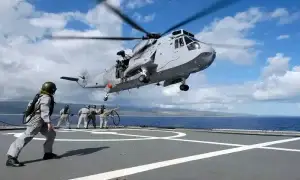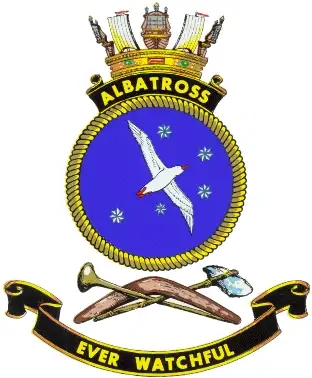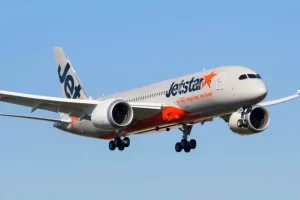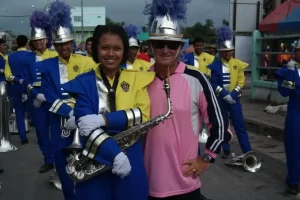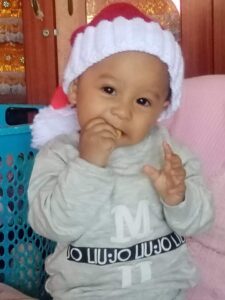1982
After struggling to figure out what I wanted to do with my life, I decided to join the Navy. I followed the usual process—visiting the recruiting office, submitting my application, and preparing for the commitment. At the time, the minimum enlistment period was six years. This was in 1982.
I was accepted later that year and had to wait for an intake. Eventually, I got the call—my journey would begin in September. On September 20, 1982, I traveled to Melbourne and spent the night at the Victorian Hotel, courtesy of the Navy. That evening, I met a few other recruits staying there, including Peter Uren, who was joining the same branch as me. He quickly earned the nickname “Proff” because he bore a striking resemblance to a professor.
The next morning, September 21, we boarded a bus and set off for HMAS Cerberus, where our basic training would begin. The base, located in Crib Point, was, coincidentally, where I had been living at the time.
HMAS CERBERUS
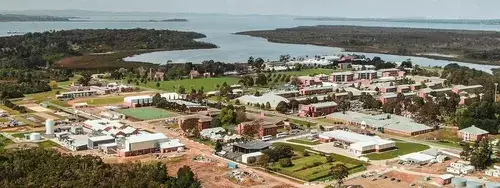

Everyone was assigned to a division and given a unique number. I was placed in Rankin Division with the number R133881. The only reason I remember it so well is that every two weeks, we had to salute and recite our number aloud to receive our pay.
I completed three months of basic training at HMAS Cerberus.
Back in 1982 nobody had mobile phones or facebook. We had to rely on throwaway cameras and wait days sometimes to get the pictures back.
I imagine these days the footage from being at sea would be amazing.
Over the years each time i have moved i have lost photos.
After 3 months I completed Basic Training
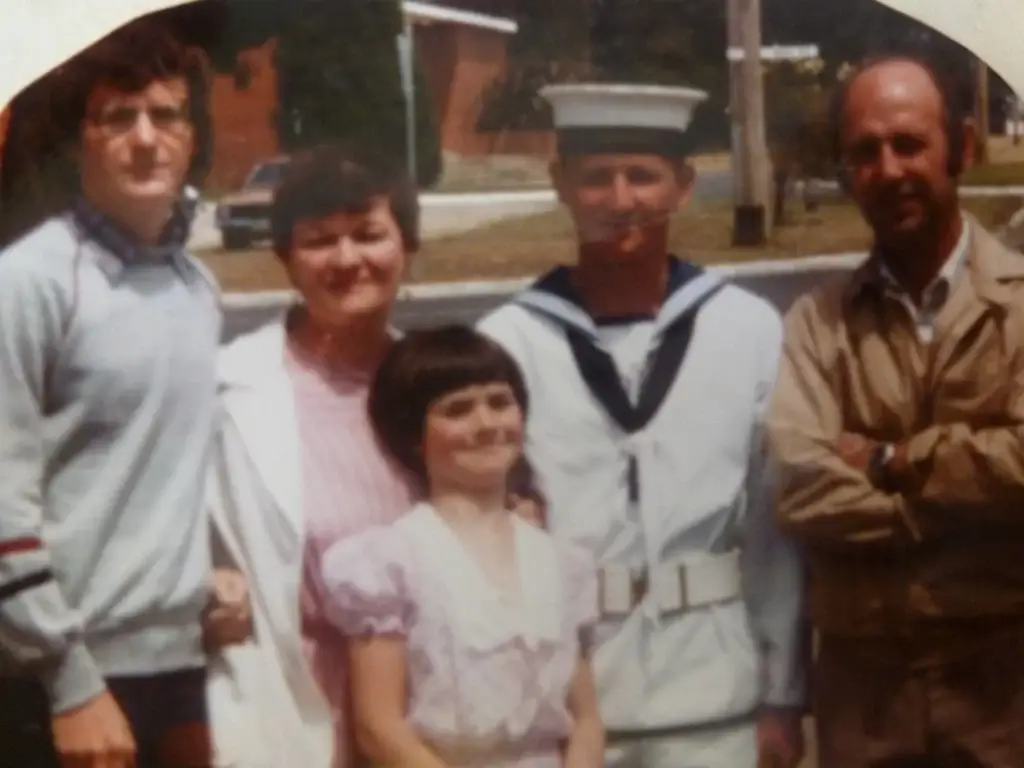
After Basic training
Just before Christmas, I received my train ticket and reporting date for my course training at NAS Albatross in NSW. This gave me a few weeks off before starting my training at the navy air station, which lasted another three months.
Life at the air station was fantastic. Waking up to A4 skyhawks taking off was unbelievable.
The base was also home to the seaking helicopter squadrons HS 817, Hs 816 and HS 723
The A4 skyhawks were 805 squadron
Here is an interesting link about these sqaudrons https://navyhistory.au/ranships/fleet-air-arm/page/2/
Aircraft I worked on at Albatross
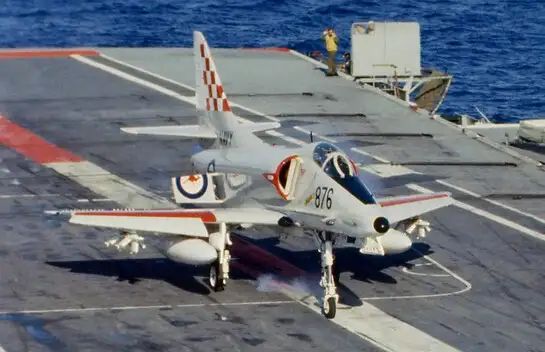
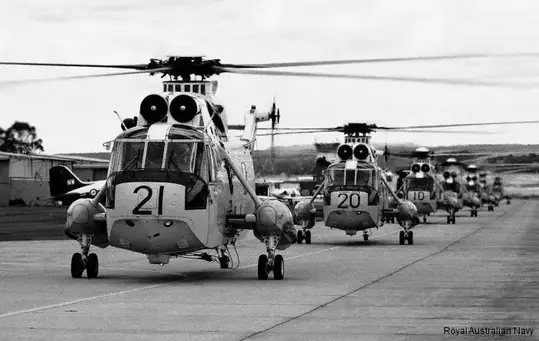
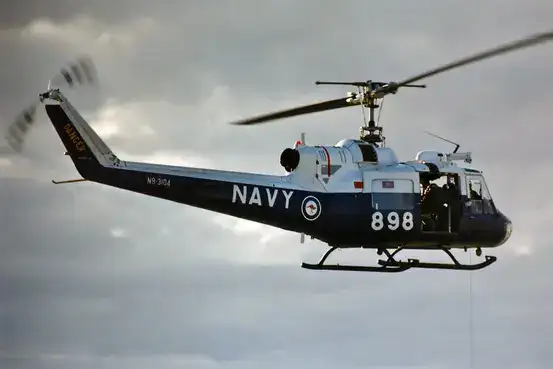
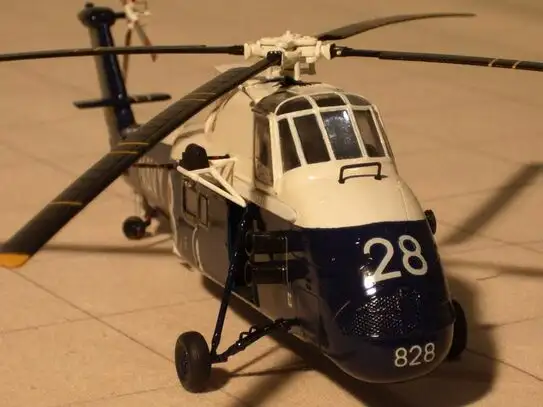
Upon completion, I became a qualified Survival Equipment Maintainer. This role involved maintaining all safety and survival gear used on ships, planes, and helicopters. I worked on life rafts, ejection seat parachutes, pilots’ helmets, and a range of other essential safety equipment.
Our responsibilities also included conducting survival-at-sea training and HUET (Helicopter Underwater Escape Training) courses. The HUET training took place in Sale, Victoria, so we were flown there and back in a RAAF Caribou. On my first flight, the aircraft experienced a failed takeoff and had to attempt it again. It was a bit unsettling, but the second attempt was successful.
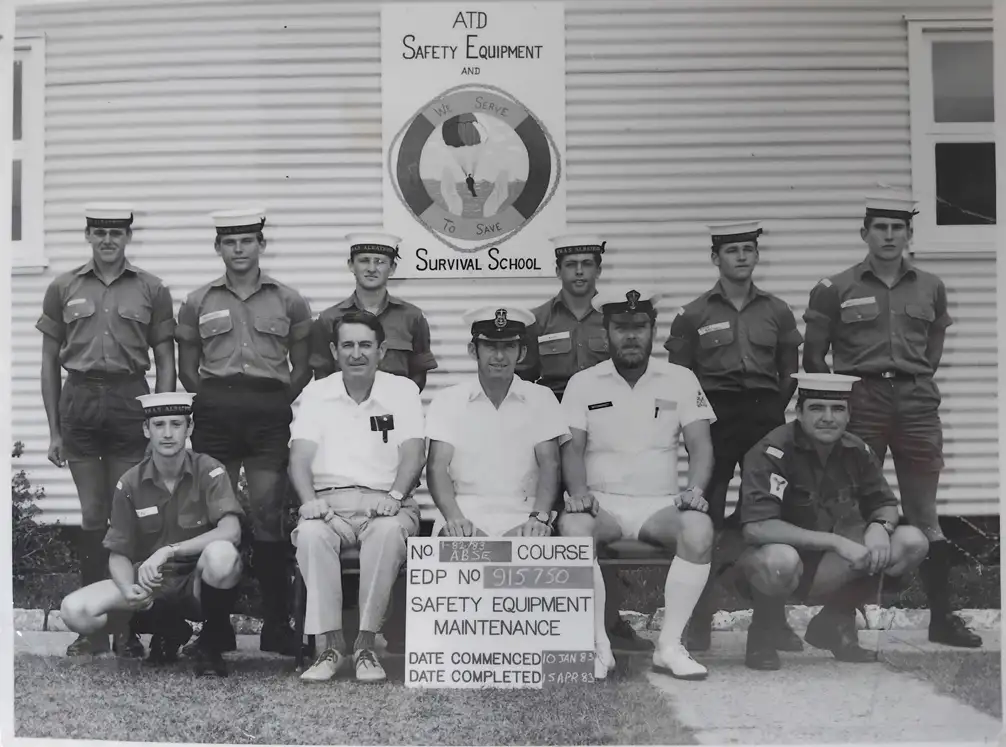
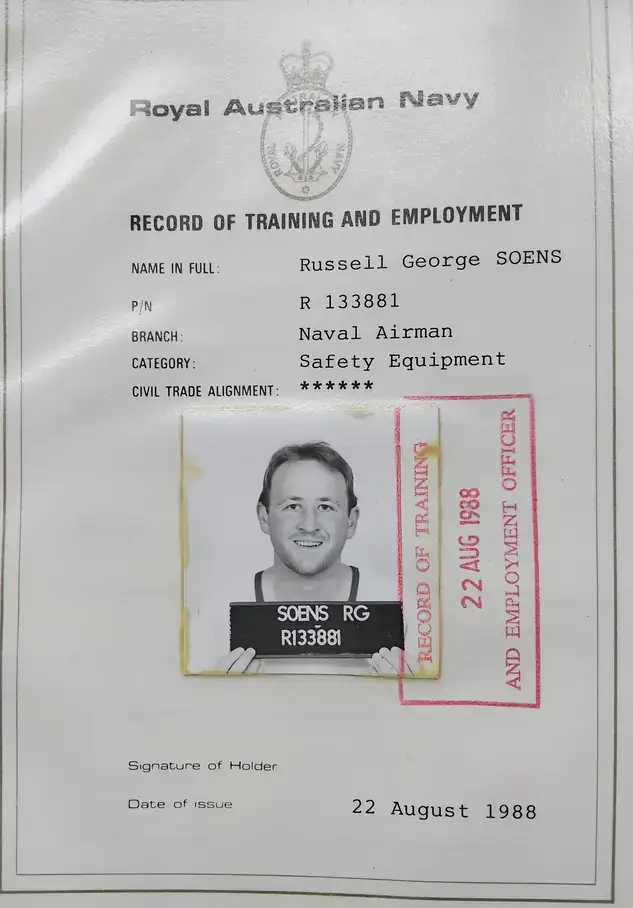
Off to Sale airforce base
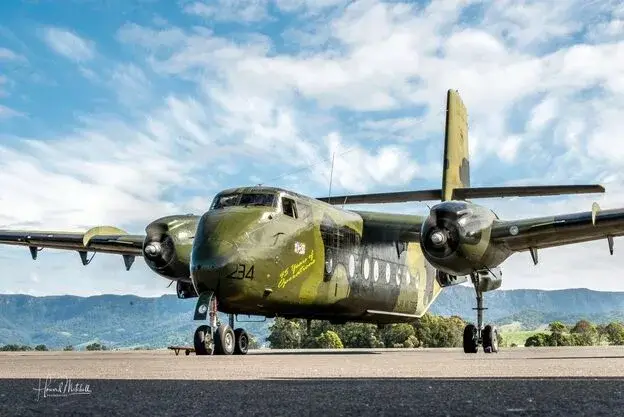
All aircrew and oil rig workers must complete HUET (Helicopter Underwater Escape Training). This training simulates a helicopter crash into the water and teaches survival techniques for escaping safely. Various scenarios are used, including helicopters with doors, without doors, or with a jammed door. Trainees only discover which door is jammed after the helicopter is submerged and flipped upside down. To ensure safety, they must wait for all movement to stop before attempting an escape, as the rotor blades may still be turning. The training takes place in a large water tank, with divers on standby to assist anyone who becomes disoriented and mistakenly swims downward instead of up..
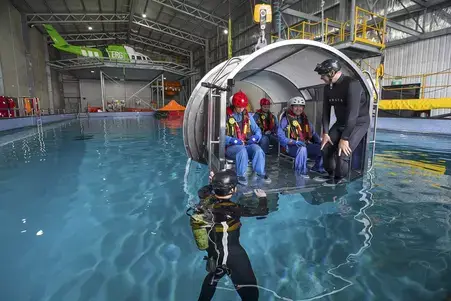
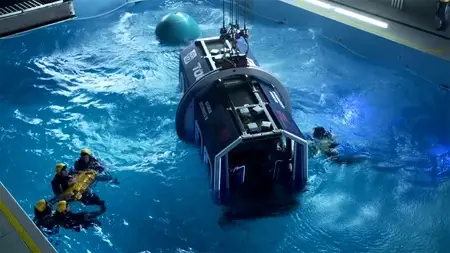
We were also responsible for bush rescues.
If an aircraft or helicopter went down while you were on duty, you would be deployed to locate the crew. Sometimes, these were just training exercises, requiring you to spend at least two days in the bush.
Off to sea on HMAS Parramatta DE46
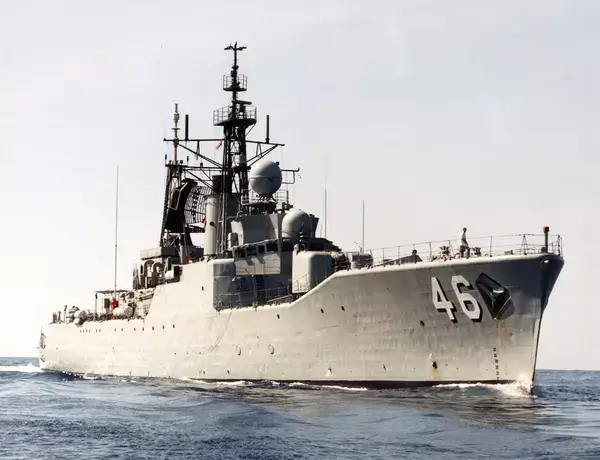

Every two years, the Navy relocates you—whether to a new base or a ship.
After spending two years at NAS Nowra, I was assigned to HMAS Parramatta, a Destroyer Escort. When I arrived at Garden Island Dockyard, the ship was in dry dock undergoing a refit. During this period, we were housed in the accommodation block at Garden Island, located in Kings Cross, Sydney.
The first few months were spent observing the sluggish pace of the dockyard workers, who took hours to complete even the simplest tasks. However, if you needed a crane to lift something onto the ship, offering a few duty-free cigarettes would get the job done immediately.
The ship remained in dry dock for several months. Once the refit was complete, we began sea trials, which involved sailing out on Monday mornings and returning on Friday afternoons. The week at sea was filled with exercises and action stations—a great way to familiarize ourselves with the ship before deployment.
After about a month of sea trials, we prepared for our overseas deployment. I considered myself extremely fortunate to be assigned to a ship that actually traveled to other countries. Many who join the Navy end up spending their entire service stationed in Australia.
First time CROSSING THE LINE
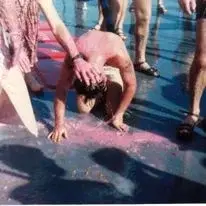
We set sail from Sydney Harbour sometime in 1984. After participating in war games with the Americans, we made our way to Fremantle, Western Australia. Our arrival there was quite memorable—it took ages to get the ship alongside, and when they finally did, it was at high tide. As the tide went out, the ship dropped, buckling the gangway, and the anchor ended up damaging the concrete wharf.
From Fremantle, we traveled to Indonesia. I remember arriving in Jakarta and seeing nothing but a thick yellow haze and cows floating in the water. After Jakarta, we continued on to Papua New Guinea, stopping at the port of Rabaul. The place was tense, with local elections coming up, and it wasn’t particularly safe for foreigners.
One day, I was rostered for bus duty, driving a group of officers to a golf course. On the way back, the bus was attacked by locals armed with bows and arrows. Luckily, neither I nor the bus was harmed, but it was definitely an experience. Apparently, the day we left, there were violent attacks at polling stations.
Next, we set sail for the Philippines, visiting Subic Bay—still an American base at the time—before moving on to Manila for a few days. After that, we continued to Hong Kong, docking at the British base HMS Tamar. We spent two weeks there before heading to Singapore.
A typhoon hit us a few days after we left. It was the biggest seas I had ever seen. The upper decks were off-limits for days because of how dangerous it was. I drove a rescue boat during a man-overboard exercise, and I won’t lie—I was shitting myself. The wave troughs were massive, and trying to maneuver back alongside a ship lurching from side to side was terrifying.
We were originally supposed to go to Fiji, but due to a military coup, we were diverted to patrol the island instead. This meant we were on defense watches—four hours on, four hours off. That was probably the worst time I had in the Navy. After nearly two weeks of that, everyone was just about ready to kill each other.
There is a petition to parliament at the moment to recognise the serviceman who were in the area in 1986.
The navy personnel who were sent there for a much late coup were all awarded a medal.
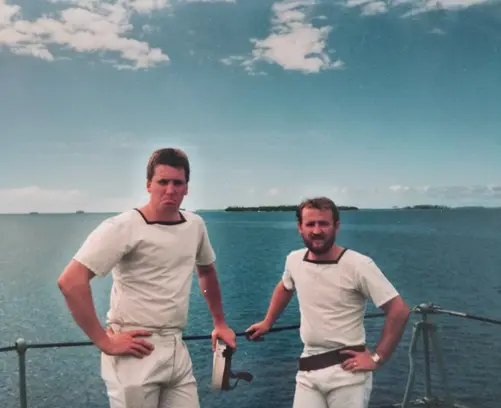
From there, we sailed to Tonga to refuel, which took forever because the fuel had to be pumped from barrels. We weren’t allowed ashore since the government wasn’t happy about Australian warships patrolling its ally, Fiji.
I do remember Tonga having the clearest blue water I’ve ever seen.
Next, we traveled to Shanghai, China, for a few days. Back in 1986, it was a very different place from what it is today. Everyone wore the same clothes, and shop windows displayed propaganda comparing Western products to Chinese ones. I don’t know how many people actually believed it—certainly not now, with so many Chinese having traveled abroad and access to the internet.
Today, with social media, people have visual records of almost everything they do. But when I joined the Navy, things were different.
We didn’t have Facebook or mobile phones—just disposable cameras. Back then, film had to be processed at a photo shop, and sometimes, we couldn’t find one until we returned to Australia. I had plenty of photos, but over the years, most of them have been lost.
Without them, even my memories feel less vivid.
After spending a few days in Singapore, we set sail for Shanghai, China. It took eight hours for our ship to navigate up the Yangtze River. China was a fascinating experience, but soon after we left, we received orders to return to Australia.
A cyclone had struck the Solomon Islands, and emergency supplies were needed.
after help build a pre-fab school in Honiara it was time for some sightseeing.
We hired a jeep and headed off to areas that were involved in the battle of the quadalcanal
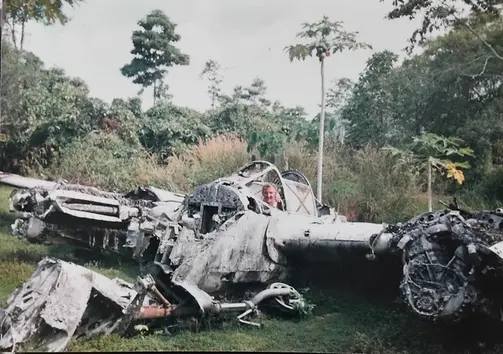
We had a map showing areas that had wrecks of tanks on the beach and downed planes.
We came across Japanese machine guns and helmets etc in the jungle.
A lot of the tracks on some of the smaller islands are still off limits due to boobytraps left during the war.
Its an amazing place to visit.
We returned to Darwin, loaded up the supplies, and set off for Honiara. There, we helped rebuild schools and cleaned up the destruction left by the cyclone. We also had a few days to explore the island, which was incredible. Scattered across the landscape were remnants from the Battle of the Coral Sea—tanks, aircraft, and other wartime relics. It was one of the most interesting places I ever visited.
From there, we sailed to New Zealand, stopping at all three islands and spending a few days in each port before heading back to Sydney. Once we arrived, we joined ships from every allied nation to celebrate the 75th anniversary of the Australian Navy. It was an unforgettable experience.
As our journey comes to an end, we’re left with more than just memories. We’ve gained a deeper understanding of the world, a greater appreciation for its diversity, and a renewed sense of wonder. And so, we head home, our hearts filled with stories to tell and a longing for our next adventure.
75th anniversary sydney harbour
https://navyhistory.au/occasional-paper-123-royal-australian-navy-75th-anniversary-year-1986/
After spending two years at sea, I relocated to Hastings, Victoria, where I was stationed back at Cerberus for what would be my final posting. After another two years, I completed my six-year service and left the Navy.
It was an incredible journey filled with experiences few ever get to have. I jumped into the sea from a helicopter, spent a night alone at sea in a raft, and piloted a Seaking helicopter in a military simulator. I witnessed the USS Missouri fire a broadside from its massive guns and worked on ejection seats, parachutes, and various survival equipment.
The list of experiences and places I visited is vast, making it a truly unforgettable time.
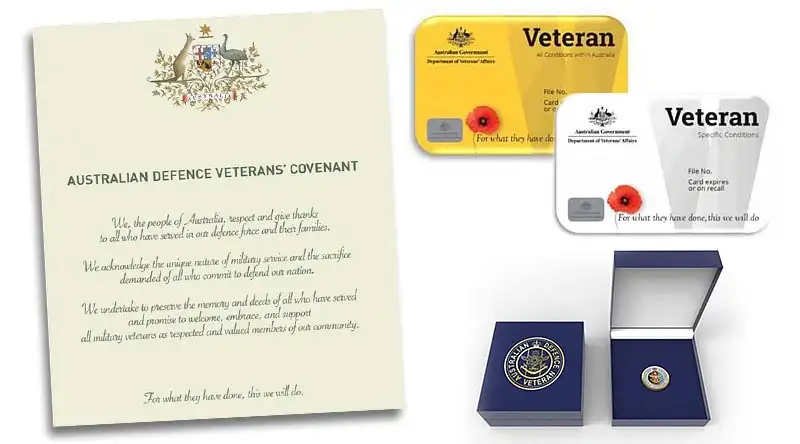
After seeing a random post on Facebook, I learned about the Defence Force Covenant.
I have applied and had my application approved. Hopefully it will arrive this week.
I am a bit perplexed as to why the Defence force dont actually contact you to explain these entitlemants.
